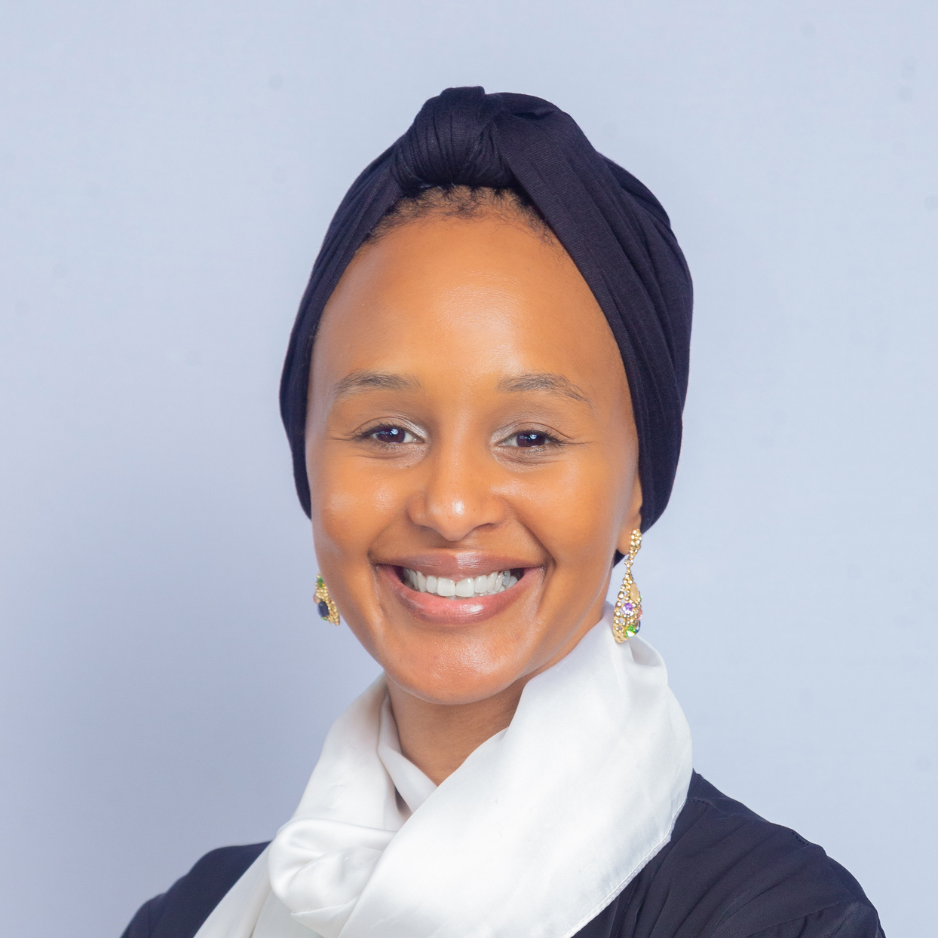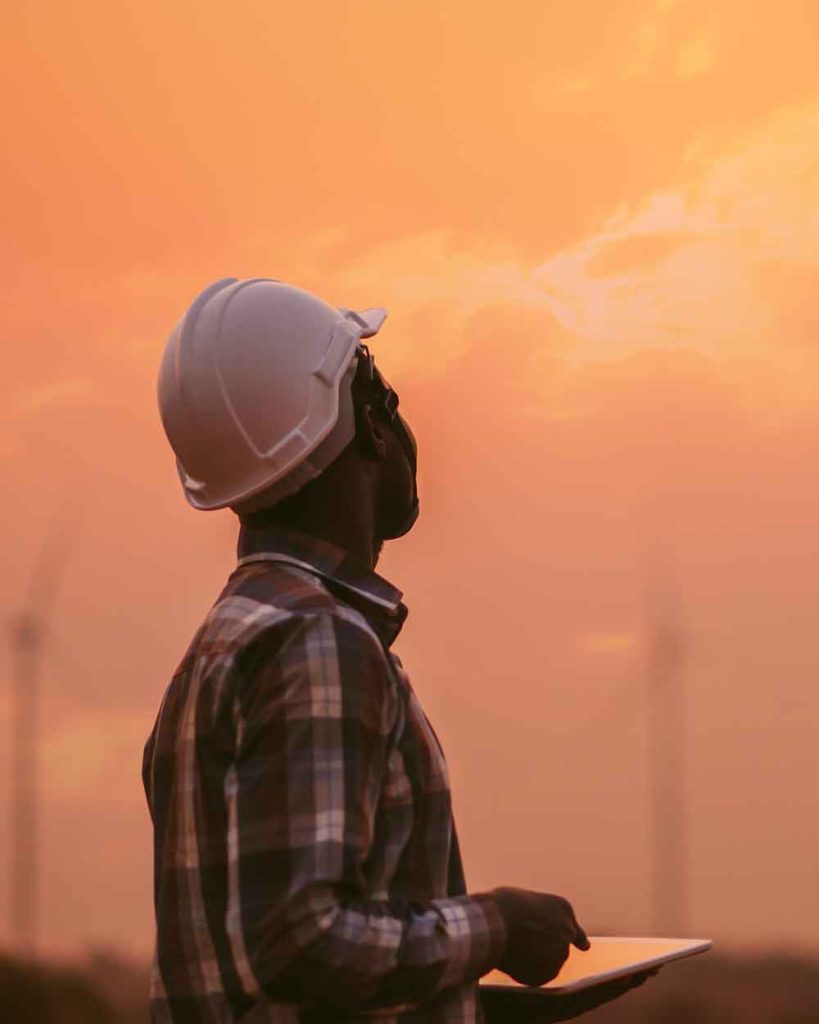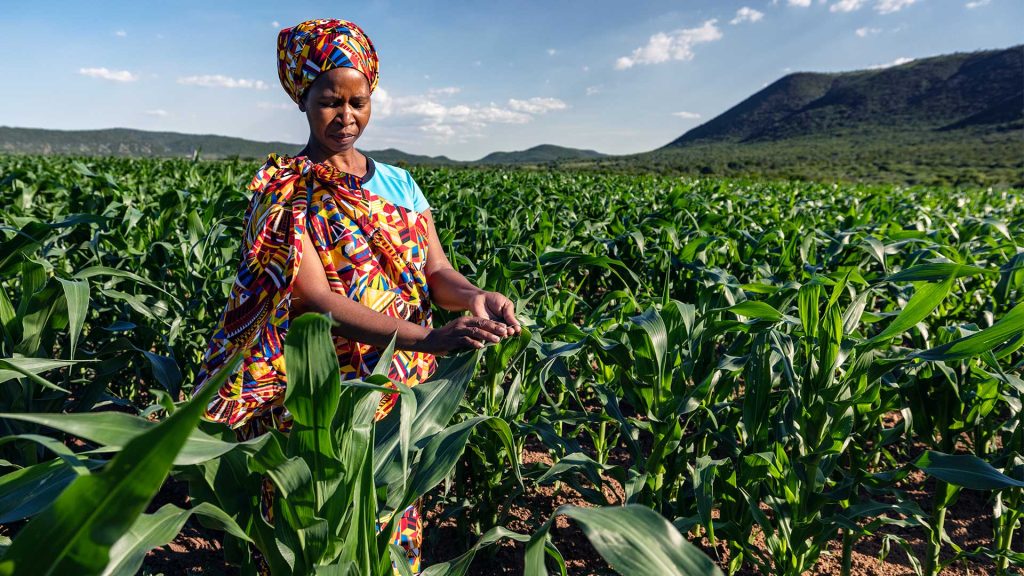By Tochukwu Ezeukwu, Regional Director, West Africa
Experts agree Sub-Saharan Africa (SSA) is a growth frontier crucial to global economic growth into the future while maintaining resilience in the face of strong headwinds. Despite its potential, including abundant natural resources and a youthful population; the region has not delivered levels of economic growth enough to reduce poverty and transform the lives of its people. At $1,623, Per Capita GDP in SSA is currently lower than comparable regions like East Asia at $2,303, and Latin America & Caribbeans at $10,797. In 2024, SSA’s GDP Growth rate was 3.3% (projected to reach 3.5% in 2025), behind East Asia at 6.78% and South Asia & Pacific at 4.1%. Africa is in dire need of sustainable growth to create wealth for its people.
Where will the growth come from? There might be a varied set of answers depending on which school of economic thought that you belong, but there is some consensus around key drivers. Electricity, Education, and Jobs (linked to fertility rates and savings) have been consistently linked to economic growth.
Over 640million Africans do not have access to energy, representing nearly 60% of the population. Reliable, abundant and affordable supply of electricity are crucial for industrialization. At 180kWh, electricity consumption per capita in Sub-Saharan Africa (excluding South Africa which produces about 50% of SSA’s electricity) is significantly lower than in other continents – e.g.,13,000kWh in the US, and 6,500kWh in Europe. According to IEA and the World Bank, there is an unmistakable connection between energy consumption and income.
Over the last 60-70 years, literacy levels have tremendously improved across the continent, from an average of around 25% in the 1940s to nearly 70% today. Africa needs to continue to educate its population. High literacy levels do not just enhance political stability; it allows for industrialization and growth. The productivity that Africa’s youthful demography requires will come largely from a large pool of appropriately skilled, adaptable and literate workforce.
Africa has the youngest population with a median age of 19.3. This should ordinarily be a source of future vitality and growth. But only when it is matched with a critical mass that are meaningfully employed, with enough disposable income. Charlie Robertson in his book covering data across Africa and Asia suggest that small families save and big families don’t – and savings (bank deposits) drive domestic lending and investments. So, except the young population on the continent is gainfully employed, earning enough to both consume and save, the demography may be a burden rather than a source of advantage.
From electricity, to education, to jobs, Africa needs to fund these drivers of growth. According to this report, Nigeria, Ghana, and Kenya combined will require ~ $85billion leading up to 2030 to achieve universal access to energy, most of which are expected to come from the private sector. The annual education financing gap on the continent is estimated to be $77billion. All the sectors that will create the 11million jobs required annually on the continent need to be financed. The big question is how?
With government budgets increasingly overwhelmed, and official overseas development assistance declining, most of the continent’s sustainable growth must now be financed with domestic capital. Africa’s domestic capital pools are now estimated to be $4trillion, with commercial bank funding representing the largest component of private capital, though largely under-leveraged. Pension assets on the continent, though growing, are largely allocated to low-risk, short-term instruments. The implication being that domestic capital is not flowing toward strategic assets and opportunities for impact on the continent. Part of the problem is informality which is usually unattractive to formal financing structures. This is why we must invest in viable and innovative financing models to help unlock these pools of domestic capital at scale. Catalytic capital on the continent must be deployed in ways that help to de-risk opportunities and crowd in these domestic capital pools and help to maximize the vast impact opportunities on the continent, creating jobs, and ensuring inclusive and sustained growth.
The AVPA Conference is set to explore the unlocking of domestic capital in detail with pension funds and other institutional asset managers.

















